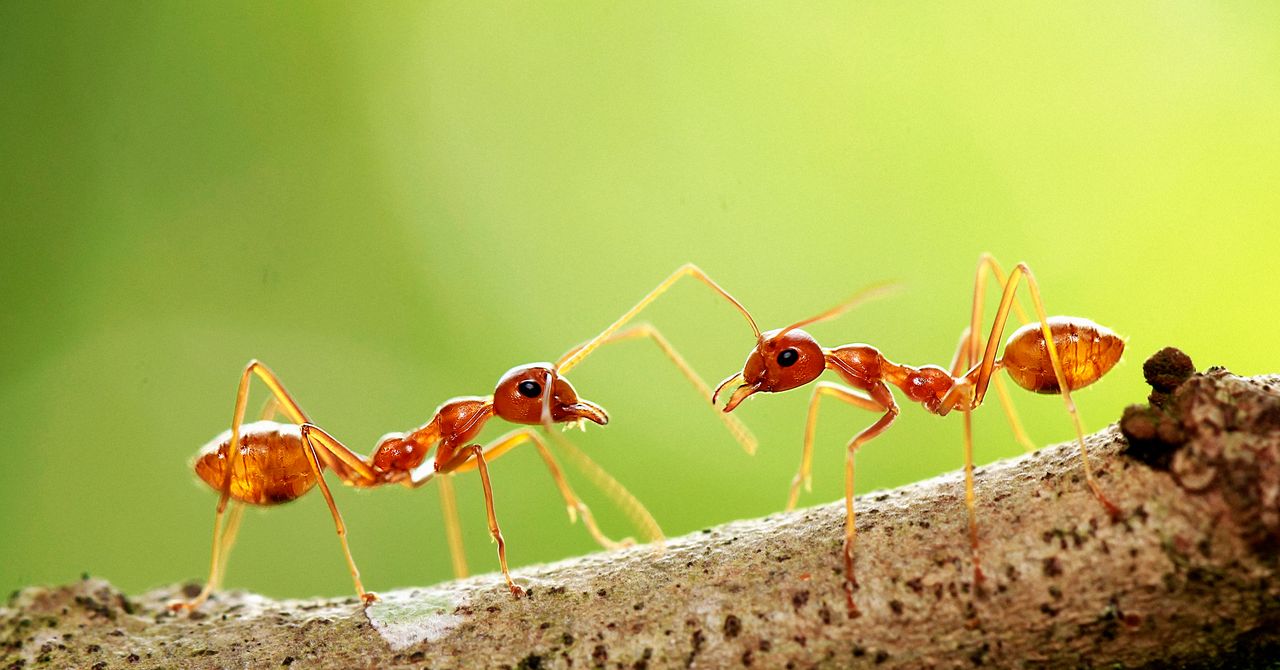The changes to survivor signup have been made inside the program that the agency uses to manage disaster aid applications and pay out survivors, known as the National Emergency Management Information System (NEMIS). Current and former FEMA employees told WIRED that, while they have major…
Blog
-

Man who was “humiliated and mistreated for months” dies during livestream in France, officials say
Prosecutors in the south of France said Tuesday they are investigating the death of a 46-year-old man who died during a livestream showing him being mistreated by two onscreen partners.
The man — real name Raphael Graven, but known online…
Continue Reading
-

Tusk opposes holding Ukraine-Russia talks in Budapest
Polish Prime Minister Donald Tusk has said he does not support the idea of holding negotiations between Ukrainian President Volodymyr Zelensky and Russian leader Vladimir Putin in Hungary.
He stated this on the social media platform X, Ukrinform reports.
“Budapest?…
Continue Reading
-

Danish university to scrutinise international tech researchers amid spying concerns
ADVERTISEMENT
One of Denmark’s leading universities is ramping up its scrutiny of potential researchers and students with ties to countries that national intelligence officials suspect are trying to spy on the Nordic…
Continue Reading
-

Donald Tusk trashes Budapest as possible Ukraine talks venue – POLITICO
But Hungary would be an uneasy venue for Ukraine. The 1994 memorandum, signed there by the U.S., U.K., Ukraine and Russia, pledged to respect Kyiv’s sovereignty in exchange for its nuclear disarmament. But Putin’s 2014 assault on Ukraine and the lack of military support from signatories…
Continue Reading
-
Google updates terms for app marketplace following EU pressure
Google said it is making the changes following discussions with the European Commission.
Continue Reading
-

SBI uncovers 1 UAH mln in profits from draft dodger smuggling
The State Bureau of Investigation (SBI) has documented over UAH 1 million in illegal profits from the smuggling of draft-age men across the border, and 171 indictments have been sent to court against 251 individuals involved in…
Continue Reading
-

Macron denounces Netanyahu’s antisemitism remarks
PARIS (AP) — French President Emmanuel Macron denounced Netanyahu’s remarks as “abject” and “erroneous” in response to Israel Prime Minister’s accusations that his intention to recognize a…
Continue Reading
-

Government Staffing Cuts Have Fueled an Ant-Smuggling Boom
These sellers do brisk business online. On mainstream platforms like Ebay, they often upcharge novice antkeepers, the same trafficker tells WIRED; more sophisticated hobbyists buy and sell on private Discord servers. “Everyone on Discord has their respect towards each other about prices,” the…
Continue Reading
